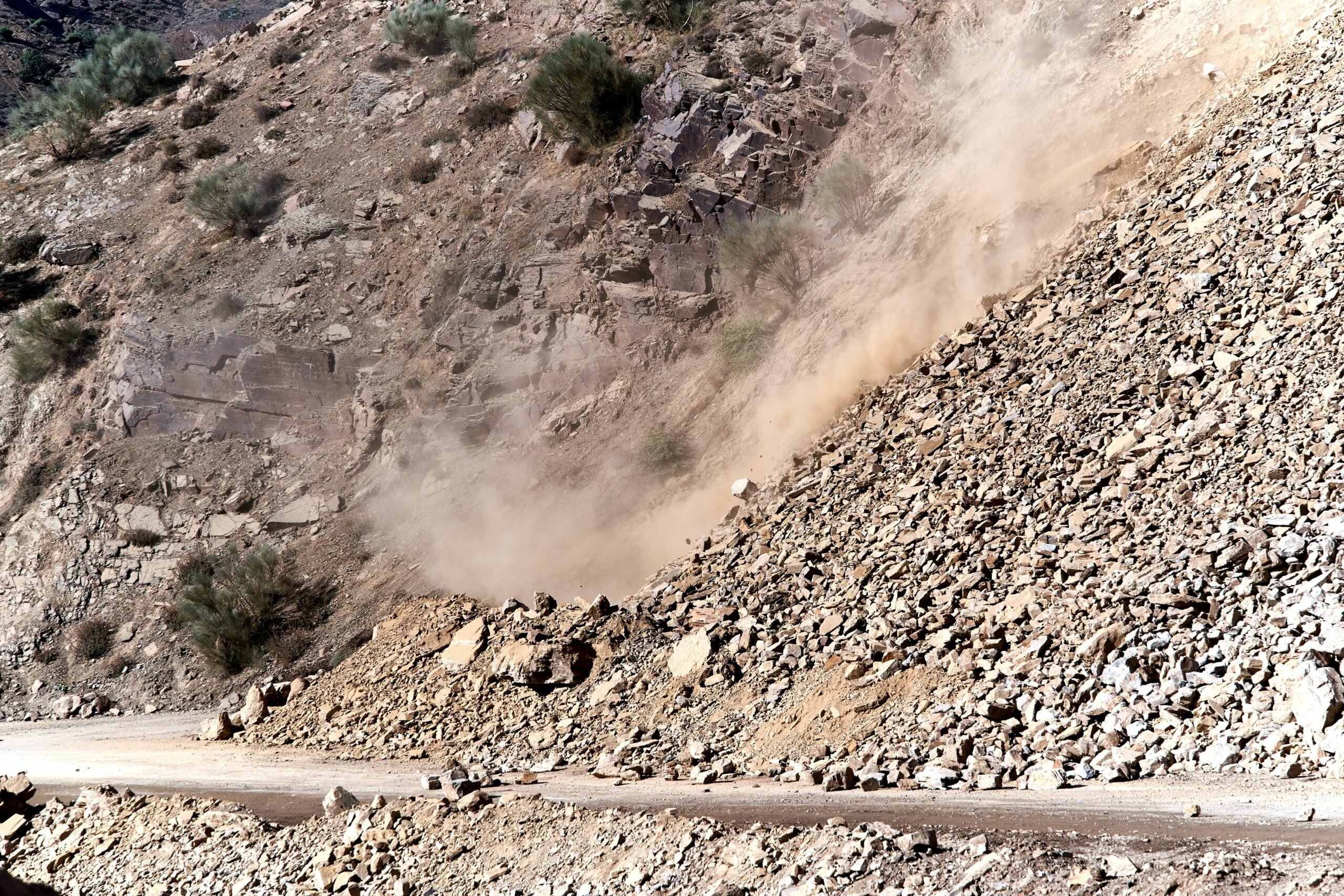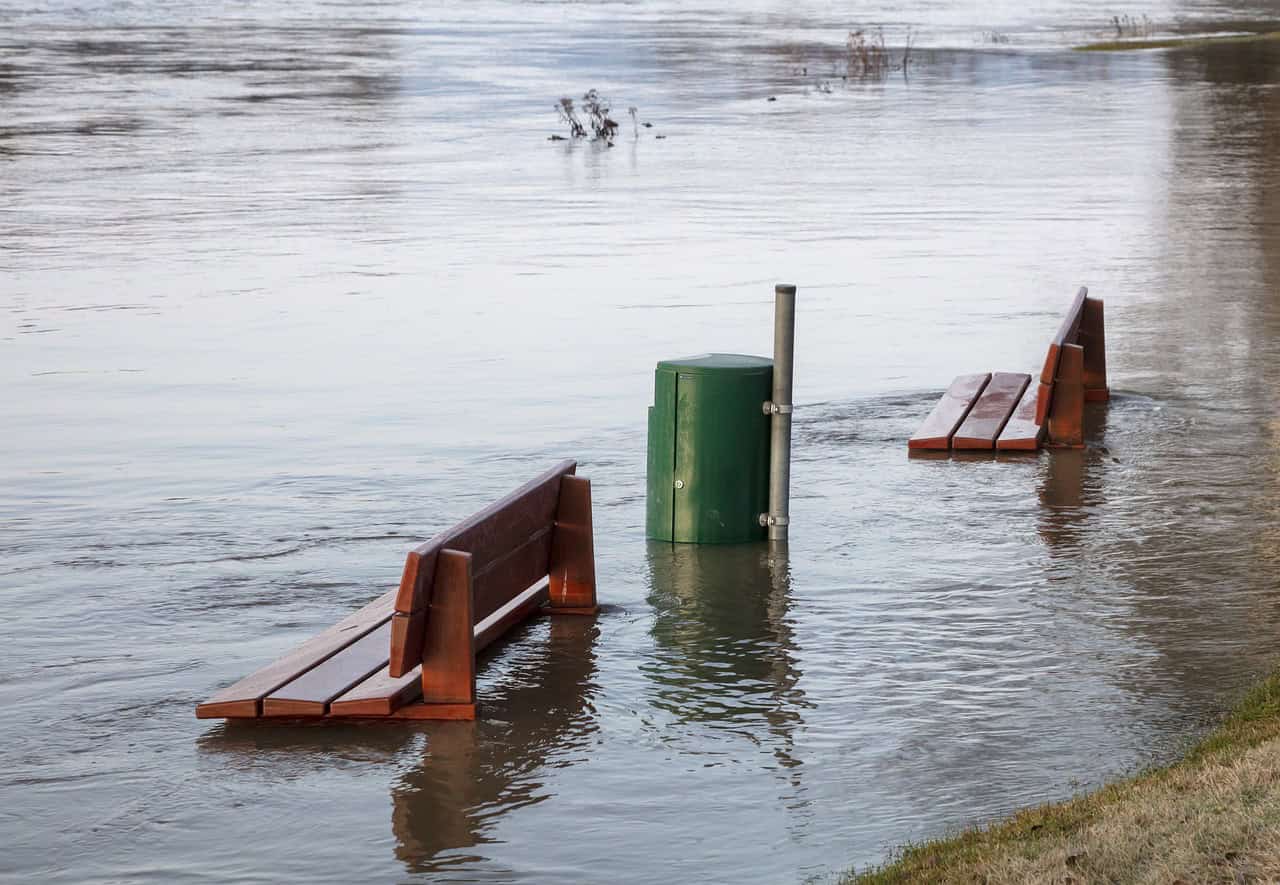
Traditional engineering techniques such as building dams to protect against flooding are prohibitively expensive for many countries. Nature-based solutions (NBS) offer a promising alternative. These are solutions to socio-ecological challenges that are inspired and supported by nature. At a time when extreme weather events are on the rise, NBS can support the resilience of vulnerable areas. But before such strategies can be implemented, they still must be scientifically studied and coordinated at the European level.
The trigger: Extreme weather events
In the OPERANDUM research project, a team from the Innsbruck Institute for Interdisciplinary Mountain Research of the Austrian Academy of Sciences (ÖAW) is conducting research on this phenomenon together with experts. The object of investigation is an inhabited slope in the Austrian town of Wattens in Tyrol, which has been under observation since 2016. The slope moves downhill an average of four centimeters per year. Phases of accelerated slope movement also occur time and again.
Also interesting: Why climate change affects water supplies
The mountain researchers were able to demonstrate that intense snowmelt and prolonged rain events led to phases of accelerated slope movement. These events increase the water table and thus the pore water pressure at the base of the slide body at a depth of about 48 meters. The increased subsurface water volumes help to mobilize the slope. Five million cubic meters of earth mass are in motion on the studied slope in Wattens.
In addition to the given topographical and hydrological conditions, a rock type with a specific geomechanical behavior can also be observed in affected areas, explains project manager Thomas Zieher.
Analysis of slope movement
Buildings and infrastructure located on such slopes can be continuously damaged, especially by repeated acceleration and deceleration of the slope movement. This means the building substance of the particularly affected properties deteriorates, according to Zieher, a geographer and geoinformatician.
The researchers were also able to quantify the changes caused by the landslide to houses, roads and trees, as well as infrastructure objects such as power poles and fences. To do this, they repeatedly scanned the landscape section over the past five years using terrestrial and drone-based laser scanners to generate a terrestrial 3D model.
The researchers were able to record the sliding process in detail using the hydro-climatological model AMUNDSEN and analyze it in conjunction with measured movement rates: “Hourly measurements of the position of reflectors and the change in their position over time provide information about the movement behavior of the slope,” explains Jan Pfeiffer, study author and doctoral student in the research project.
Draining the slope
The team is currently working together with experts from the mountain stream and avalanche control authority and geologists and surveyors from the state of Tyrol on the targeted drainage of the slope to reduce these movements. In a field experiment, they are investigating the effect of a jointly developed measure – a nature-based sealing of a stream bottom. The idea is to use renewable and biodegradable materials to prevent surface water seepage, thereby reducing water input to the landslide.
Nature-based sealing of a stream bottom
Extreme weather events can increase water seepage into the subsurface along mountain streams and drive landslides further downslope. A common solution is to seal the stream bottoms downslope to allow the water to drain away without damage. Previously, plastic half-shells were installed in the soil for this purpose. Alternatively, bentonite mats are used. These consist of two layers of geotextiles with a layer of bentonite bound in between. Bentonite is a mixture of different clay minerals that swell when saturated with water.
Zieher explains, “The bentonite mat is rolled out at the desired location and covered with a layer of earth material at least 0.6 meters thick. The expansion of the bentonite when it is saturated with water and the weight of the overlying earth material ensures that the bentonite layer becomes completely watertight.”
The expansion of the bentonite when it is saturated with water and the weight of the overlying earth material ensure that the bentonite layer becomes completely watertight.
Thomas Zieher
Until now, the geotextiles of the bentonite mat were made of synthetic materials such as polypropylene-based nonwovens. The researchers have now been able to replace these with biodegradable textiles that reliably seal the affected areas even after the textile layers have degraded. As an ecologically compatible option, the bentonite mat tested is also more durable and requires less maintenance than conventional measures.
Adapted forest management
Another nature-based solution for more resilient mountain slopes is that of adapted forest management. This is because locally adapted, species-rich permanent forests could have a better hydrological effect than the widespread monocultures. Zieher says: “Species-rich forests capture precipitation and extract water from the soil through their roots, which they release again in the form of evaporation. As a result, less water infiltrates the slope and the impetus for landslides is reduced.” Model studies being prepared together with experts from the Austrian Federal Forest Research Center (BFW) will be used to demonstrate the potential of optimized forest management. However, it can take several decades before such a forest stand is established and can be effective, Zieher says.
The results of the research recently appeared in the journals Earth Surface Processes and Landforms, Earth-Science Reviews and Science of The Total Environment.
Also of interest: Communicating the risks linked to natural hazards







